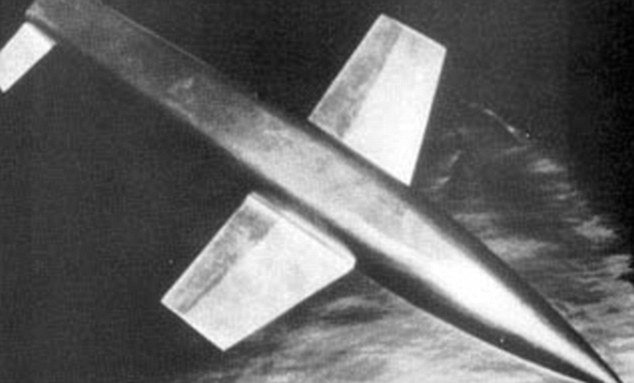
Nazi chief Hermann Goering, seeking retaliation for US strikes in Dresden, devised a bizarre plot to attack New York using a manned space rocket equipped with a dirty bomb. In an effort to gain Hitler’s favor, Goering established a lab and assembled a team of scientists to explore the possibility of a radioactive attack on American soil. Inspired by the ideas of Austrian engineer Eugen Saenger, Goering envisioned a space plane armed with a radioactive bomb to target Manhattan.
Commissioning Saenger and other physicists, Goering aimed to overcome the challenge of flying across the Atlantic and sought revenge for America’s entry into the war. Although the feasibility of the plan was questionable, the research conducted during this project laid the groundwork for future advancements in space travel and the space shuttle program.
Saenger, following Goering’s directives, crafted a 900-page plan for the spacecraft named the Silverbird. The proposed craft, fired with rocket engines, was expected to reach 13,000 miles per hour and more than 80 miles above Earth. The plan involved wrapping the bomb with radioactive sand, intending for it to explode high above New York and cast a radioactive cloud over the city—an early prototype of a dirty bomb.
Despite the seemingly fantastical nature of the plan, Saenger’s mathematical calculations and Goering’s belief in the project led to serious consideration. Post-war analysis suggested potential issues during re-entry, but the underlying concept, though ahead of its time, was viewed as sound.
Ultimately, Goering dismissed the plan, and the Nazis explored alternative methods to bomb the United States without success. Saenger, fleeing to France, was later sought by Josef Stalin, displaying interest in the Silverbird concept. However, Saenger eluded the Soviet Union and passed away in 1964.
Evaluating Saenger’s contributions, Dr. Asif Siddiqi, an assistant professor in space history at Fordham University, recognized him as a pioneer in exploring the technicalities of building a reusable sub-orbital vehicle, highlighting the far-sighted nature of his work.
RELATED ARTICLES
- EU to use Russian assets to buy arms for Ukraine
- German School Bans Children from Drinking Water Because its Offensive
- Turkish students film themselves beating and torturing 12-year-old German child
- Germany will arm Ukraine with Indian Artillery Shells
- Ukrainian refugee killed in Germany by other refugees because of his Nationality











